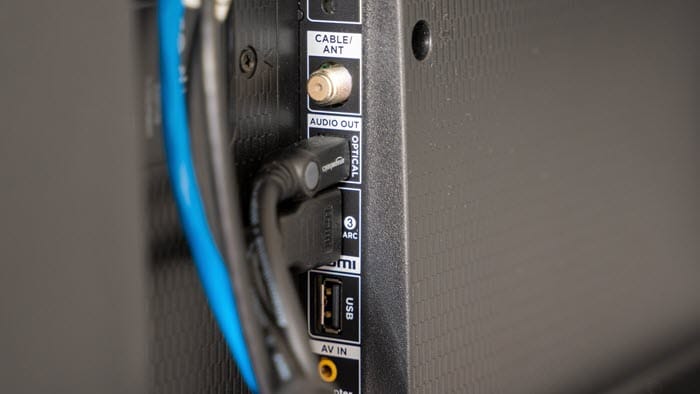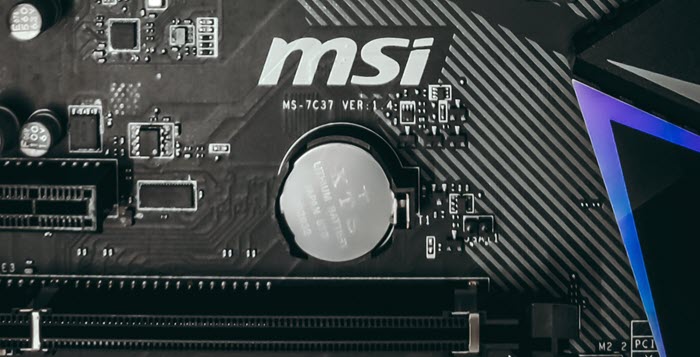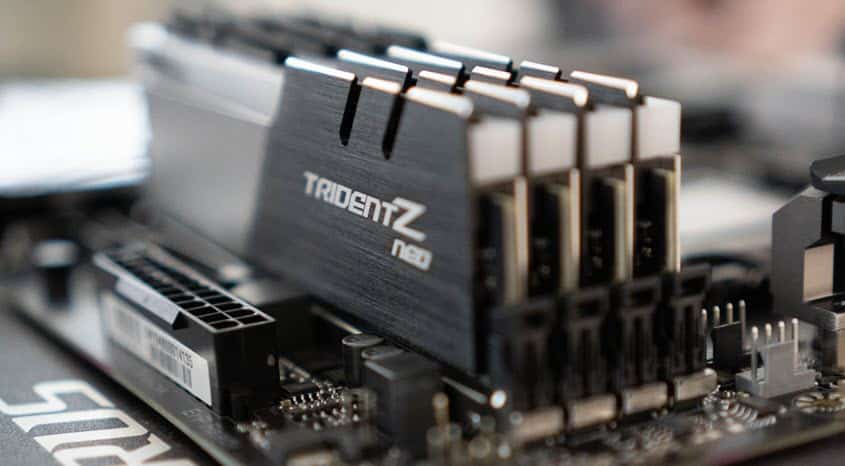Building a new PC is always a great experience, especially if it’s your first time. However, while building a PC, 100 things can go wrong or neglected, which can prevent the PC from displaying anything. Many users face such issues and it’s generally different for each of them. If your newly built PC won’t display anything, first compose and go through all the troubleshooting steps provided in this article.
I have covered almost all issues that can be preventing your PC from displaying anything. So, going through them one by one will definitely help you fix this issue.
Why My New Computer Won’t Display On Monitor?
Contents
When your newly built PC won’t display, a hundred different things can be the cause of it. Here are some of the things that can trigger this issue:
- The connection between the different hardware is one of the main reasons for this issue. It can be a simple loose connection to your display monitor or it can be multiple incorrect or wrong connections.
- Faulty Hardware is also a major issue that will prevent the PC from starting. Most overlook new hardware as unlikely to be faulty but in reality, it is different. Many users end up buying faulty hardware and have to replace it.
- The RAM and the Graphics card can be improperly seated. This will prevent the PC from displaying anything.
- Incorrectly Connected Power button connectors. If you have incorrectly connected the power button connector, then pressing the power on button on the CPU cabinet won’t start the PC.
- Incorrectly set motherboard standoffs. Many modern cases already include standoffs installed on the motherboard tray, but others still sent them separately and leave the task up to the buyer. Placing the standoffs correctly is important as it prevents the Motherboard from coming in direct contact with the metal tray, which prevents it from frying by short outs. First time PC builders tend to forget this thing.
- CPU is heating. While building your PC, it is important to use the thermal paste properly on the CPU heat sink. Otherwise, your processor will overheat and fry itself. If you see that the CPU is heated up when the PC won’t start, then this can be the issue.
What To Do When Newly Built Computer Won’t Display?
After you have read the possible causes of this issue, it’s time to go through the troubleshooting steps one by one. All the troubleshooting is hardware-related, and if you are building your first PC take caution and tread slowly while doing it.
Solution 1: Check The Front Panel Connectors
The front panel connectors are the first thing you need to check over. It can be irritating to make out the positive/negative schematics outlined in the motherboard manual as still there is no clear indication done on the motherboard.
Connecting the power button, reset button, case speaker, and the drive activity LED can be easily mistaken if enough attention is not paid. Go over this and take your time this time to properly connect them. After you have done so, check if the PC displays or not. If still your computer won’t display, then try the next solution.
Solution 2: Check The Display Connection
The next thing you need to check is the display connection. Make sure that the monitor is connected to the power supply. Once you have done that, check the connection with the graphics card. Try re-plugging, just to be sure that it is connected properly. Also, if possible, use a different cable to connect with the graphics card, in both the HDMI or display port case.

Solution 3: Check The Connection With The Power Supply
Many users make a novice mistake while building their first PC, which is not connecting properly with the Power supply. Make sure that both your monitor and CPU (SMPS Cable) is connected with the power supply. Also, check if the power supply is connected with a working wall socket. If you have done this, and the issue remains, check the connection with the SMPS.
Your motherboard and processor requires power, which is supplied by the SMPS. If the SMPS is not connected with these, then the computer won’t be powered and thus won’t start. Check whether the 24 pin ATX cable is plugged correctly with the motherboard. Also, connect the SMPS with the motherboard’s CPU connectors, which are either 4pin or 8pin.
Also, most latest graphics cards require an external power source and need to be connected with the SMPS either with a 6pin or 8pin connector. These connectors are labeled as PCI-E to differentiate them from the other connectors.
Do a final check that all the cables are firmly connected. Once done, start your PC and see whether still the new computer won’t display on monitor.
Solution 4: Remove And Reseat The CMOS Battery
Clearing the BIOS memory is also an effective solution many have used to fix this issue. However, before you do it, you will have to check whether removing the CMOS battery (motherboard battery) , reseating the CMOS battery will void the warranty. If it doesn’t, then you can try reseating it. To reseat the CMOS battery, follow the solution given below:
- Disconnect the PC from the power source.
- Remove the cabinet case and look for the motherboard battery. If you are unfamiliar, It looks like a coin.
- Use your fingers and grab the edge of the battery and slowly pull it out of the socket. Some motherboards have a small clip keeping the CMOS battery in place. In such a case, lift the clip with one hand and pull out the battery with the other.
- Wait for 10 minutes and then reseat the battery.
Not all motherboards have removable batteries, so make sure your motherboard is not one of those before trying to remove it.

Solution 5: Reseat The RAM And Graphics Card
After you have reseated the CMOS battery, try reseating the RAM and the Graphics card. Many first users who are building their first PC tend to be afraid while seating the RAM. Seating the RAM properly requires a little more strength than it generally seems and a common novice mistake is to not seating it in fear of breaking the slot or motherboard.

Reseat the Graphics card also as you did with the RAM. Make sure that you don’t forget to connect the relevant connectors to the graphics card once reseating it.
Solution 6: Overheating CPU
Applying proper thermal paste is very important, otherwise, it can fry the CPU, motherboard, and other hardware parts. Check if the CPU is heating after you have turned on and off the PC. Check the CPU heat sink and make sure it is in working order. If the thermal paste is not applied correctly, you may require applying a fresh coat of thermal paste again.
Solution 7: Check The Hardware
If still the newly built computer won’t display, then it is likely due to faulty hardware. Check the Graphics card, motherboard, CPU, RAM, and SMPS. When your computer won’t display anything it is likely because of one or more of these hardware components. Find the faulty hardware and repair/replace it.
Wrapping Up
So, there you have it. Now you know what to do when a newly built computer won’t display. Follow the above troubleshooting diligently and your PC should work. If you have any questions related to this article, ask them in the comment section below.
Leave a Reply